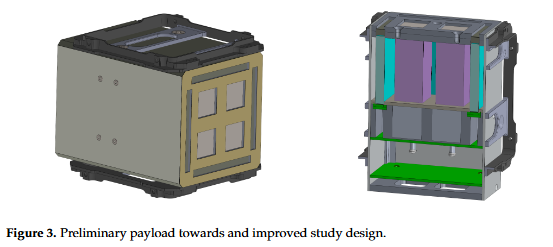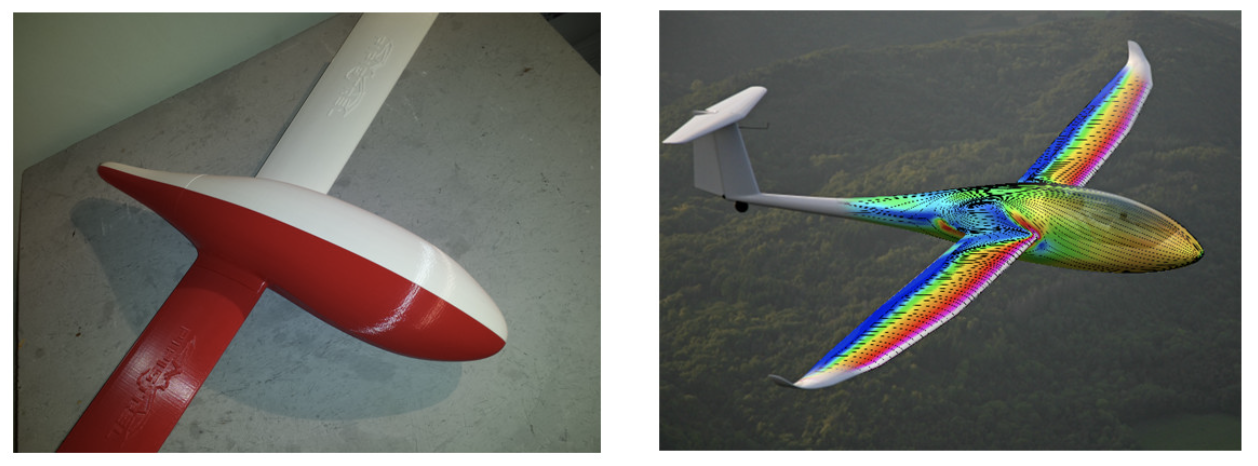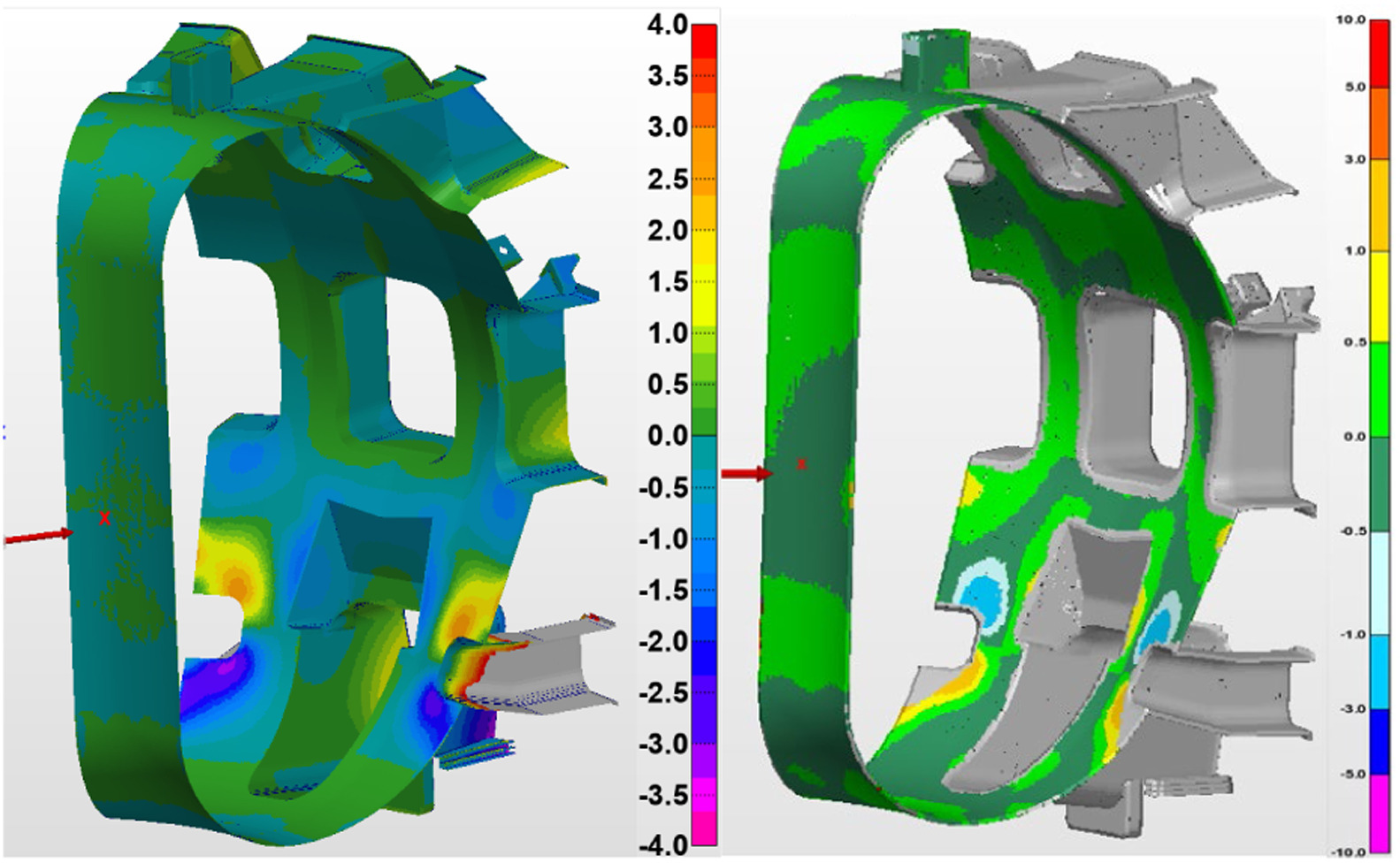The Role of RBF mesh morphing in Cardiovascular Computational Modeling: A Critical Examination of Eirini Kardampiki’s Thesis
 Written by rbfLAB on
Written by rbfLAB on

The application of numerical simulation tools in cardiovascular research has emerged as an essential paradigm for understanding hemodynamics and optimizing patient-specific interventions. In the thesis titled “Development of Computational Tools for Cardiovascular Applications” by Eirini Kardampiki, supervised by Prof. Marco Evangelos Biancolini, Dr. Emiliano Costa, and Dr. Karen-Helen Støverud at the Department of Enterprise Engineering “Mario Lucertini,” significant advancements are documented in computational modeling for cardiovascular applications. A pivotal element of this research is the integration of a high-performance RBF mesh morphing tool that enables efficient and accurate shape modifications within computational fluid dynamics (CFD) simulations.
Radial Basic Functions in Cardiovascular Research
Kardampiki’s research extensively employs RBF for the development of Reduced Order Models (ROMs) aimed at improving cardiovascular surgical planning and stent graft performance evaluations. This application is demonstrated across three principal studies:
- Modified Blalock-Taussig Shunt (MBTS) ROM Development: The study introduces an advanced computational framework integrating RBF mesh morphing to assess the impact of MBTS configurations on hemodynamic performance. The software’s capability to generate twelve RBF-based shape modifiers allows for rapid exploration of various geometric configurations, significantly enhancing preoperative planning.
- Endovascular Aneurysm Repair (EVAR) ROM Optimization: The challenge of predicting guidewire-induced deformations during EVAR procedures is addressed through an RBF Morphing-based ROM. The mesh morphing technique facilitates real-time deformation predictions, which are validated against high-fidelity finite element simulations. This approach reduces computational costs while maintaining high accuracy, rendering it suitable for intraoperative guidance.
- Stent Graft Thrombosis and Hemodynamic Analysis: The thesis investigates thrombotic complications post-EVAR using computational fluid dynamics (CFD). RBF mesh morphing enables precise morphing of stent graft geometries extracted from medical imaging, allowing for a comprehensive analysis of blood flow patterns and associated thrombotic risks. The software’s ability to modify vascular geometries with high fidelity ensures robust assessment of stent graft performance.
Computational Efficiency and Clinical Relevance
One of the most notable contributions of RBF mesh morphing in Kardampiki’s research is its ability to reduce computational timeframes significantly. Traditional CFD simulations demand extensive meshing and remeshing processes, leading to prohibitive computational costs. By leveraging RBF mesh morphing for mesh deformation, the thesis demonstrates substantial reductions in computational effort, enabling real-time or near-real-time simulations that are critical for clinical decision-making.
This thesis, leveraging RBF Morph and Ansys software, was discussed at University of Rome Tor Vergata.




Comments